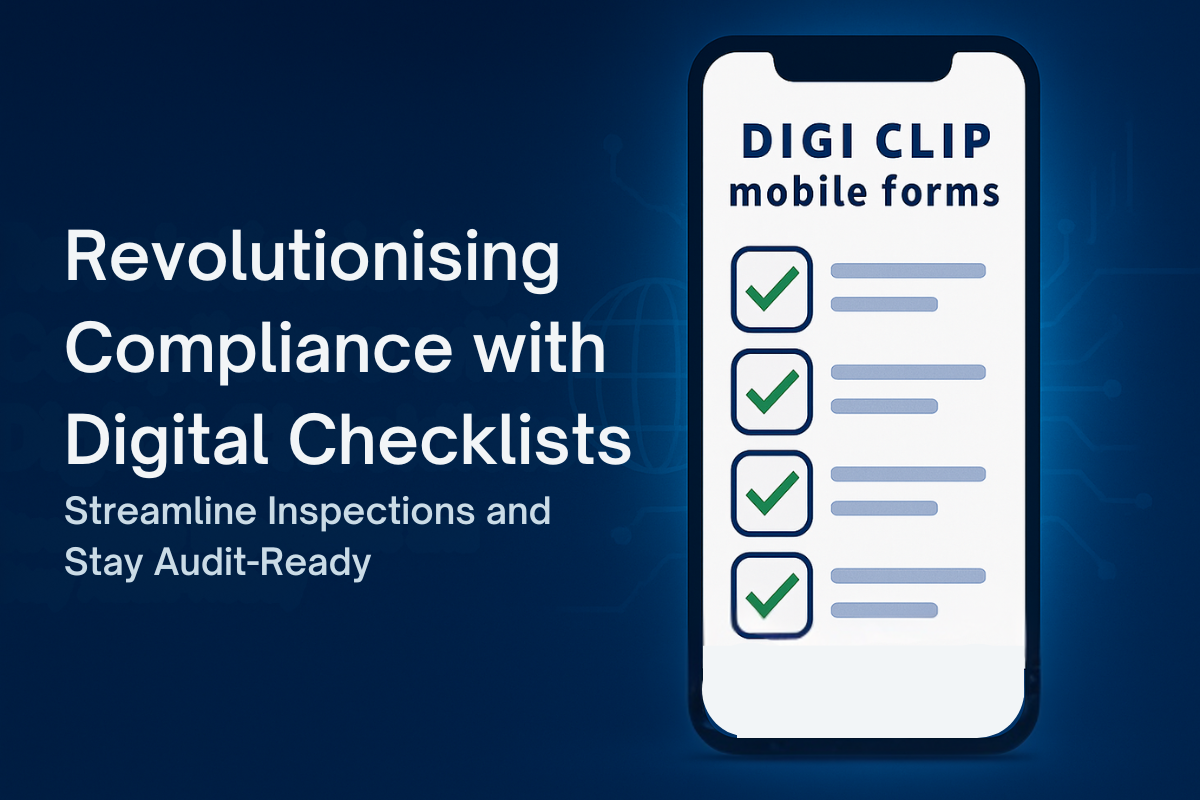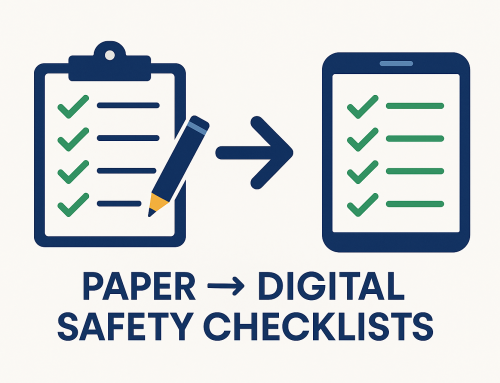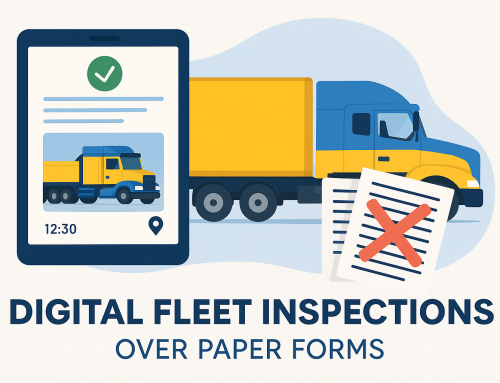Food Safety Checklists: Ensure Compliance & Prevent Risks
Food safety is non-negotiable. From kitchens to transport fleets and cold storage warehouses, organisations must prove they are following strict hygiene and compliance standards. A structured food safety checklist helps prevent contamination, protect customers, and pass audits — but paper checklists too often fail. Lost forms, poor HACCP recordkeeping, and stressful food hygiene audits expose businesses to risk. That’s why more operators are switching to DIGI CLIP’s digital checklists — ensuring compliance, traceability, and real-time monitoring without the paper chaos.
✅ Ready to Simplify Food Safety? Try DIGI CLIP Free Today!
- Ensure compliance with HACCP, FSANZ, ISO 22000, and cold storage regulations
- Support traceability across the supply chain with digital records
- Prove compliance instantly with photo evidence and geo-time stamps
- Reduce audit stress with automated HACCP recordkeeping
📘 See also: ISO 22000 Food Safety Management.
Why Food Safety Checklists Matter
Food safety checklists provide the structure needed to consistently meet hygiene and safety standards. They guide teams through critical tasks like cleaning, storage, pest control, and transport checks. Without them, risks like contamination, cross-contact, or missed corrective actions escalate quickly. In today’s regulated environment, HACCP recordkeeping and traceability aren’t optional — they’re mandatory. And regulators increasingly expect digital evidence, not just paper logs.
Key Benefits of Food Safety Checklists
- Compliance Confidence: Demonstrate adherence to HACCP, FSANZ, and ISO 22000 standards with verifiable records.
- Audit Readiness: Be prepared for food hygiene audits at any time with searchable, digital reports.
- Cold Storage Compliance: Record and monitor temperatures in real time, protecting both product quality and customers.
- Traceability: Prove every step in your food safety process with time-stamped records.
- Efficiency: Reduce paperwork, manual errors, and follow-ups — saving staff time.
Examples of Food Safety Checklists
Food businesses use different checklists depending on where they operate in the supply chain. With DIGI CLIP, each can be digitised and automated for better oversight:
- Storage & temperature logs (critical for cold storage compliance)
- Cleaning and sanitation schedules with photo proof
- Pest control inspections with real-time monitoring of non-conformances
- Transport and delivery records with instant traceability
- Staff hygiene and training compliance with automated reminders
Why Go Digital with DIGI CLIP
Paper checklists can’t keep pace with modern compliance demands. DIGI CLIP replaces paper with secure, mobile-first checklists that strengthen HACCP recordkeeping and simplify food hygiene audits. Here’s how DIGI CLIP compares:
| Paper Checklists | DIGI CLIP Digital Checklists |
|---|---|
| Easily lost or damaged | Cloud-based, accessible anytime |
| Manual tracking of corrective actions | Automated alerts + Action Register integration |
| Slow, stressful audits | Instant search, export, and proof for regulators |
| No photo or geo evidence | Built-in photo capture + geo-time stamping |
With DIGI CLIP, every checklist becomes an audit-ready record. Managers see non-conformances instantly. Auditors get transparent, verifiable proof. And food businesses protect their reputation by proving compliance with every process, every day.
Further Reading (Internal Links)
- Digital checklists for workplace safety
- Top benefits of digital inspection apps for compliance
- From paper to digital compliance tools for SMBs
About DIGI CLIP Mobile Forms
DIGI CLIP is the mobile checklist and inspection app built for industries where compliance is critical — from hospitality to warehousing, agriculture, and food transport. It replaces paper forms with real-time, digital checklists that include photo evidence, automated alerts, geo-time stamping, and a centralised Action Register.
Why DIGI CLIP?
Because food safety actions don’t count if you can’t prove them. With DIGI CLIP, every inspection, every temperature log, and every corrective action is captured, stored, and ready for audits. That means less stress, fewer risks, and stronger compliance.
FAQs
What is a food safety checklist?
A food safety checklist is a structured tool used to ensure hygiene, handling, storage, and preparation practices meet compliance standards — with DIGI CLIP ensuring every record is verifiable and audit-ready.
Are digital food safety checklists legally accepted?
Yes. Regulators accept digital checklists as long as they meet recordkeeping requirements. DIGI CLIP enhances this by providing photo evidence, real-time monitoring, and secure digital archives.
Which industries benefit most?
Hospitality, catering, food production, transport, and cold storage compliance all rely on food safety checklists. DIGI CLIP adapts to each sector with customised templates.
How do digital checklists improve audits?
DIGI CLIP’s checklists reduce audit stress by providing instant access to logs, photo proof, and automated corrective actions — strengthening HACCP recordkeeping and traceability.
Can DIGI CLIP checklists be customised?
Yes. DIGI CLIP checklists are fully customisable, from daily hygiene checks to advanced HACCP monitoring across multiple sites.
Conclusion
Food safety checklists are the backbone of compliance, but relying on paper leaves businesses exposed: missing records, failed food hygiene audits, and no proof when regulators demand it. DIGI CLIP transforms those weak spots into strengths.
With DIGI CLIP, every inspection is recorded in real time, every action tracked, and every process backed by evidence. Traceability becomes instant, cold storage compliance is transparent, and HACCP recordkeeping is no longer a burden — it’s automated.
Food safety isn’t negotiable — and neither is proof of compliance. Don’t wait for your next audit to discover gaps. Switch to DIGI CLIP today and move from paper chaos to digital clarity.








Leave A Comment